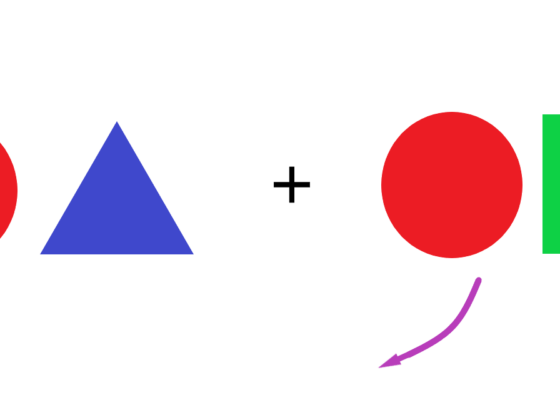Overview: Primes and Composites
The definition of a prime number is any whole number greater than 1 that has only itself and 1 as factors. For example, the number 23 has only itself and 23 as factors that divide it evenly without a remainder. A composite number is any number greater than 1 that has factors other than itself and 1 that divide it evenly, such as 22, that has factors of 2 and 11, as well as 1 and 22. The number 24 has many factors, such as 1, 2, 3, 4, 6, 8, 12, and 24.
Divisibility
There are several tests for divisibility, which can be used as a shortcut without actually dividing the numbers. For example, if the last digit in a number is divisible by 2 or 5, 2 or 5 will be factors of that number. It can be shown by an example, the number 4275. In expanded form, 4275 is represented as 4 X 103 + 2 X 102 + 7 X 10 + 5 X 1. Since 1000, 100, and 10 are all divisible by both 2 and 5, the only remaining number is the last digit, 5, which is not divisible by 2, but it is by 5. In addition, if the sum of the digits of a number is divisible by 3, the number itself will be divisible by 3, or if the sum of the digits is divisible by 9, it will be divisible by 9. This can also be shown by expanded notation, similar to the test for divisibility by 2 and 5.
Greatest Common Factor
When a number is a factor of two numbers, it is a common factor to both numbers. This is also related to the tests for divisibility, such that if a number is divisible by both 2 and 3, it will also be divisible by 6, because 2 and 3 are factors of 6. For example, the greatest common factor of both 24 and 36 is 12, because 24 has the factors 1, 2, 3, 4, 6, 12 and 24, and 36 has the factors 1, 2, 3, 4, 6, 8, 9,12, 18, and 36. A quick way to find the greatest common factor is to multiply the prime factors that both numbers have in common. For 24 and 36, the prime factors in common are 2 X 2X 3, or 12.
Least Common Multiple
Any number has an infinite number of multiples. For example, some of the multiples of 5 include 10, 15, 20, 25, 30, 35, 70, 100, 140, 150, 500, 700, and so on. Some of the multiples of 7 include 14, 28, 35, 42, 49, 56, 63, 70, 140, 700, and so on. The least common multiple of 7 and 5 is 35. For any number, the least common multiple of the numbers will be the product of all the prime factors. Since the number 210 can be factored as 2 X 3 X 5 X 7 and the number 198 can be factored as 2 X 3 X 3 X 11, their least common multiple will be the product of their prime factors; 2 X 3 X 3 X 5 X 7 X 11, a whopping 6930.
How Are They Useful?
Divisibility tests can be used as shortcuts in everyday life, as well as when solving math problems. Sometimes, people use the tests unconsciously, such as deciding whether their house number is odd or even (divisible by 2), to see what days they can water the lawn when restrictions are in effect. Greatest common factor and least common multiple are used when adding or subtracting unlike fractions.
Interested in math tutoring services? Learn more about how we are assisting thousands of students each academic year.
SchoolTutoring Academy is the premier educational services company for K-12 and college students. We offer tutoring programs for students in K-12, AP classes, and college. To learn more about how we help parents and students in Las Vegas, NV visit: Tutoring in Las Vegas, NV


